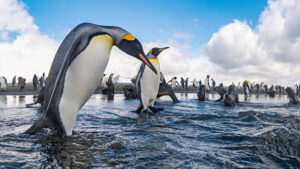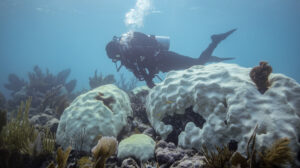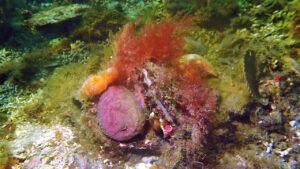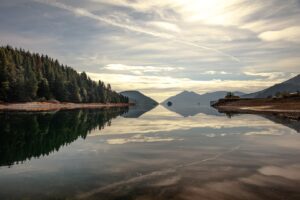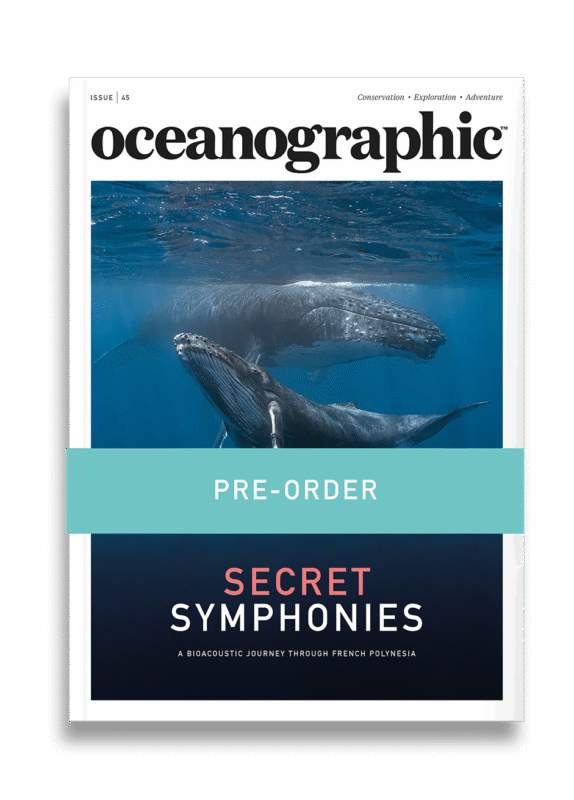Boat strike hotspot mapping offers new hope for US sea turtles
A new study led by a marine biologist from Florida State University has identified US coastal regions where sea turtles face the highest risk of being struck by vessels - insight that reshapes conservation strategies across the Atlantic and Gulf coasts.
A new study led by a marine biologist from Florida State University has identified US coastal regions where sea turtles face the highest risk of being struck by vessels – an insight that could reshape conservation strategies across the Atlantic and Gulf coasts.
Published in Biological Conservation in September, the research conducted by Dr Mariana Fuentes found that one in four stranded sea turtles in the Gulf of Mexico and western Atlantic showed evidence of vessel-strike injuries.
Drawn from data collected between 2010 and 2022, the findings go to highlight hotspots for collisions involving four protected species: loggerhead, green, Kemp’s ridley, and leatherback turtles.
According to Fuentes, who leads FSU’s Marine Turtle Research, Ecology and Conservation Group, identifying these high-risk areas is crucial for guiding targeted mitigation. “This research directly informs conservation strategies and evidence-based policy for threatened species,” she said.
The study found that green turtles are most frequently struck in Florida and Texas, while loggerheads face similar risks in Florida waters. Kemp’s ridleys, the smallest and most endangered of the group, were primarily struck in Florida but also recorded in Virginia, Georgia, and Mississippi. Leatherbacks, the largest and most migratory species, were most often found stranded in Massachusetts.
Fuentes’ team determined that nearly all vessel-struck turtles died from their injuries – contradicting earlier assumptions that collisions often occurred post-mortem. The results underscore the need for proactive management, including speed regulations and targeted awareness campaigns in risk areas.
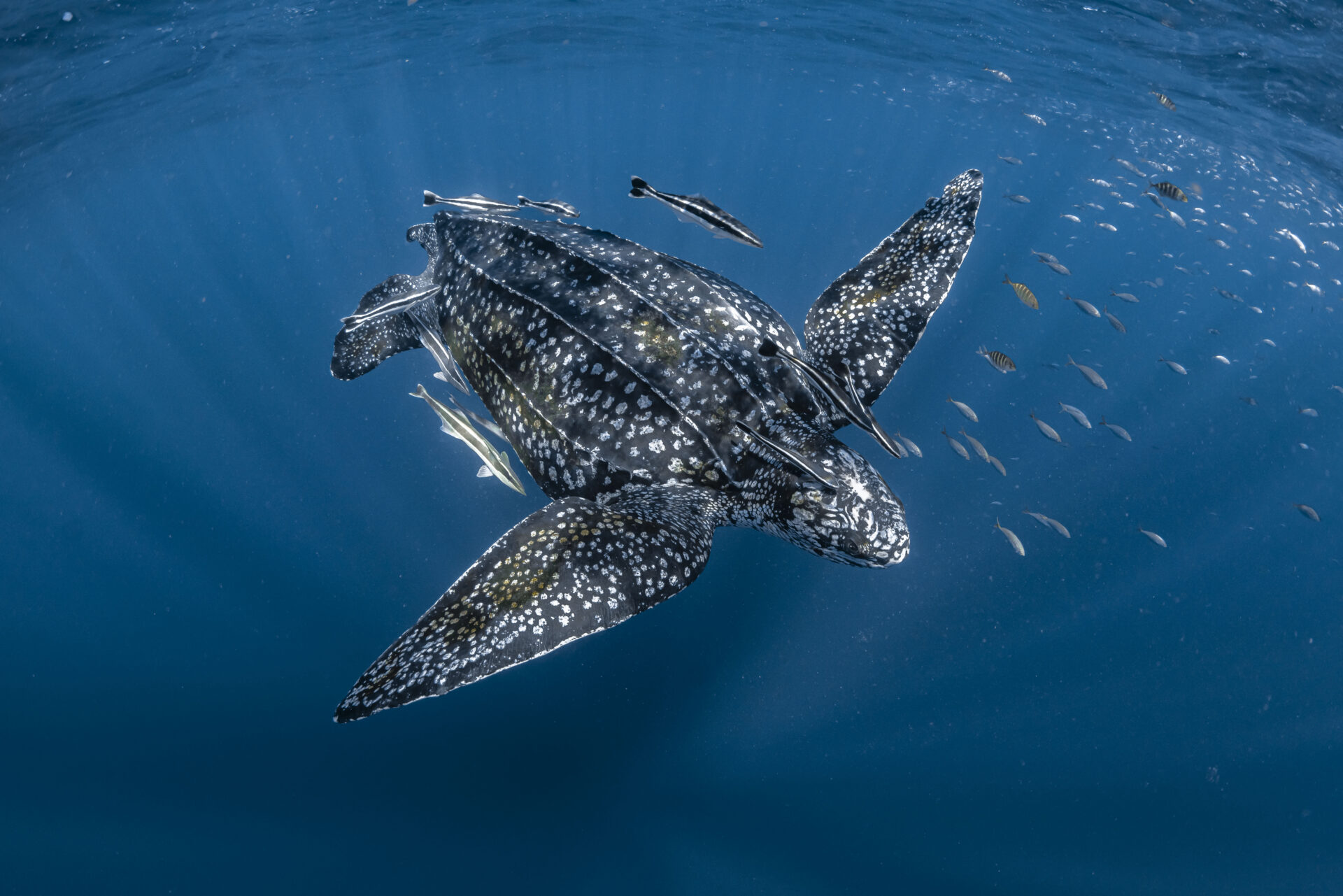
Allen Foley, co-author of the study and a research administrator with Florida’s Fish and Wildlife Research Institute, said vessel strikes are the leading cause of sea turtle deaths in Florida. “Human activities are often the reason species become threatened or endangered,” he said. “Adjusting those activities can bring significant conservation benefits.”
Sea turtles play vital ecological roles: green turtles maintain seagrass health, leatherbacks help regulate jellyfish populations, and nesting activity enriches coastal ecosystems. Their protection, Fuentes noted, is essential for maintaining marine ecosystem balance.
Fuentes also recently co-authored A Global Sea Turtle Climate Vulnerability Assessment, published in Ecological Indicators, which identified sea level rise, temperature extremes, and ocean acidification as major threats to turtles worldwide.
The vessel-strike study was funded in part by the Florida Trustee Implementation Group through the Deepwater Horizon Natural Resource Damage Assessment, supporting ongoing efforts to reduce human impacts on these long-lived marine species.


"*" indicates required fields
Printed editions
Current issue
Back issues
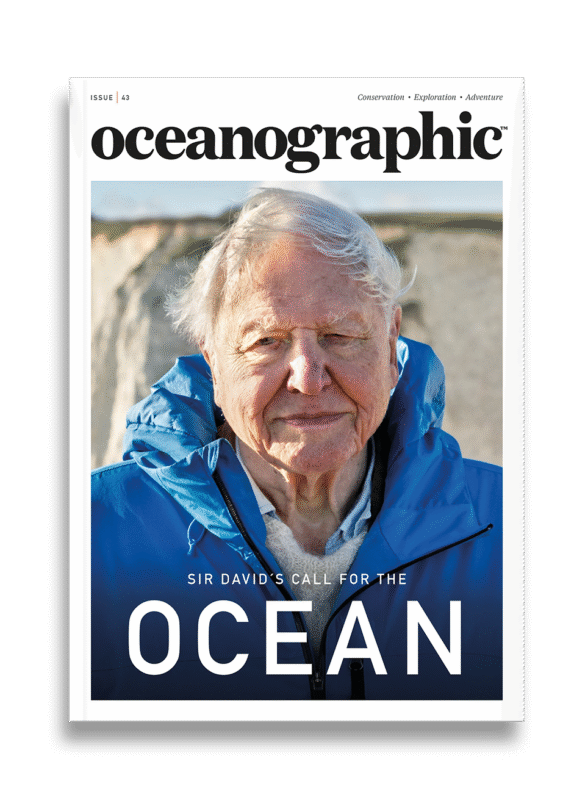
Back Issues
Issue 43 Sir David Attenborough’s ‘Ocean’

Back Issues
Issue 41 Holdfast to the canopy
Enjoy so much more from Oceanographic Magazine by becoming a subscriber.
A range of subscription options are available.

